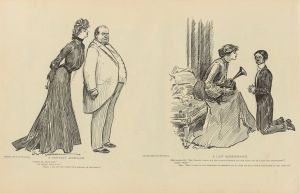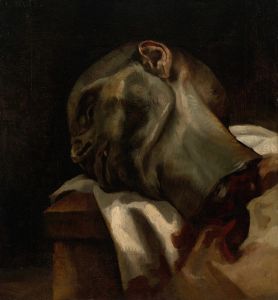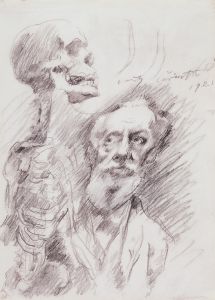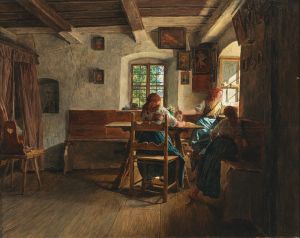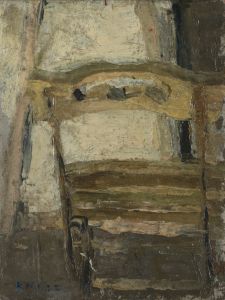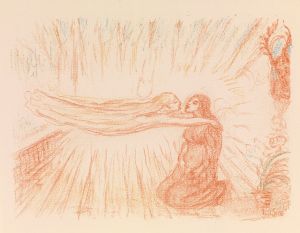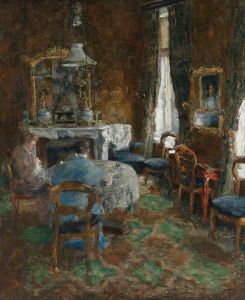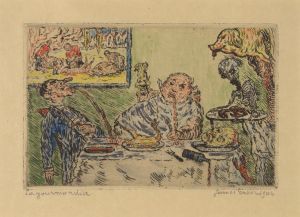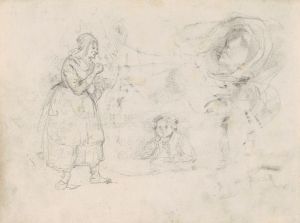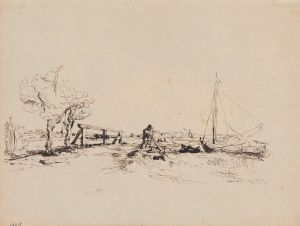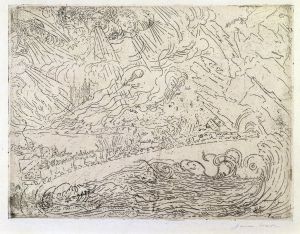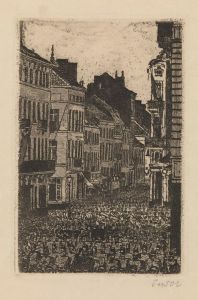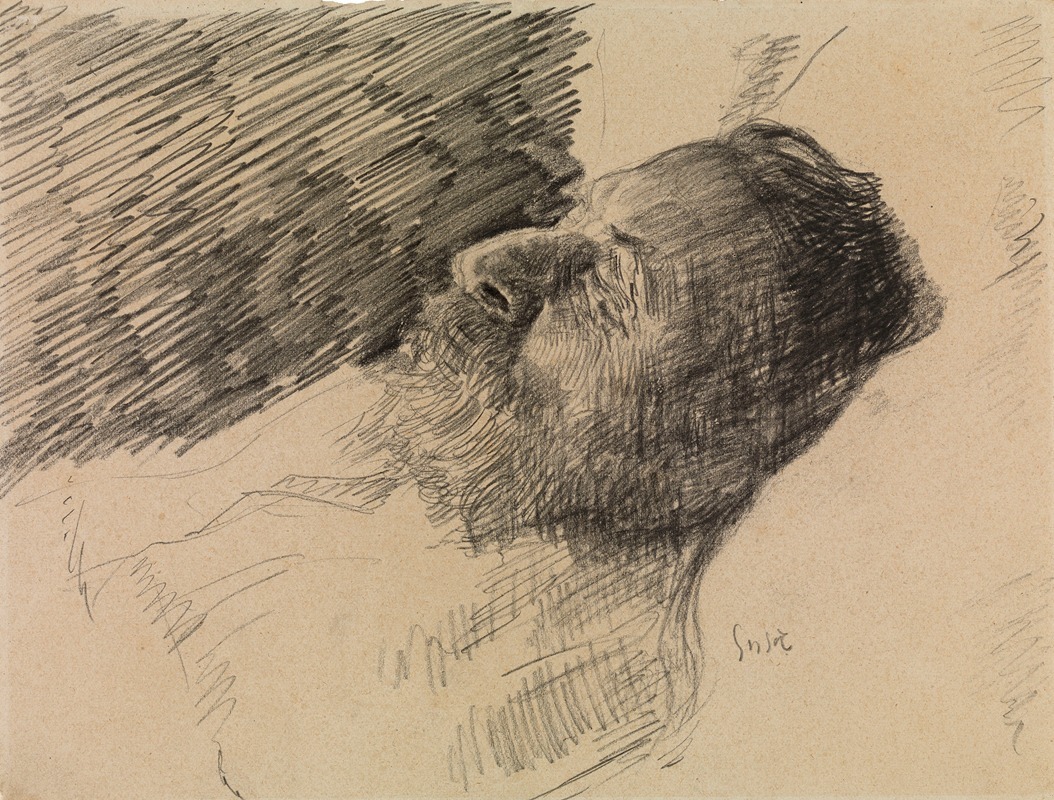
My dead Father
A hand-painted replica of James Ensor’s masterpiece My dead Father, meticulously crafted by professional artists to capture the true essence of the original. Each piece is created with museum-quality canvas and rare mineral pigments, carefully painted by experienced artists with delicate brushstrokes and rich, layered colors to perfectly recreate the texture of the original artwork. Unlike machine-printed reproductions, this hand-painted version brings the painting to life, infused with the artist’s emotions and skill in every stroke. Whether for personal collection or home decoration, it instantly elevates the artistic atmosphere of any space.
James Ensor, a prominent Belgian painter and printmaker, is known for his unique and often provocative works that blend elements of symbolism, expressionism, and surrealism. One of his notable works is "My Dead Father," a painting that reflects his distinctive style and thematic interests. However, specific details about this particular painting are scarce, and it is not as widely documented or discussed as some of his other works, such as "The Entry of Christ into Brussels in 1889."
Ensor was born in 1860 in Ostend, Belgium, and spent most of his life there. His upbringing in a family that ran a curiosity shop filled with exotic and unusual items greatly influenced his artistic vision. Ensor's work often features macabre and fantastical elements, with a focus on themes of death, masks, and the grotesque. These themes are evident in many of his paintings and etchings, where he explores the human condition and societal norms through a lens of dark humor and satire.
"My Dead Father" fits within Ensor's broader oeuvre, which frequently addresses the theme of death. Ensor's fascination with mortality can be traced back to his personal experiences and the cultural environment of his time. The late 19th and early 20th centuries were periods of significant social and political change, and many artists, including Ensor, grappled with existential questions and the transient nature of life.
While specific information about "My Dead Father" is limited, it is likely that the painting embodies Ensor's characteristic use of vivid colors, dramatic contrasts, and intricate details. Ensor often employed a bold palette and expressive brushwork to convey emotion and create a sense of unease or tension. His works are known for their complex compositions and the interplay of light and shadow, which contribute to their haunting and enigmatic quality.
Ensor's influence on modern art is significant, and his work has been associated with various movements, including symbolism and expressionism. His innovative approach to subject matter and technique paved the way for future generations of artists who sought to challenge conventional artistic norms and explore new forms of expression.
Despite the lack of detailed information about "My Dead Father," it is clear that the painting is part of Ensor's broader exploration of themes related to death and the human experience. Ensor's ability to blend the fantastical with the real, and the humorous with the macabre, has secured his place as a pivotal figure in the history of modern art. His works continue to captivate audiences with their originality and depth, inviting viewers to reflect on the complexities of life and the inevitability of death.





